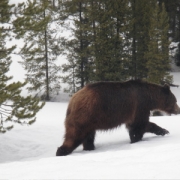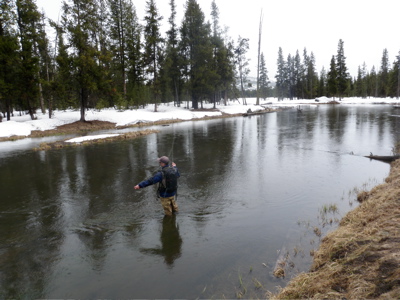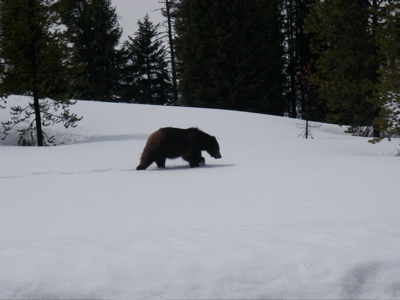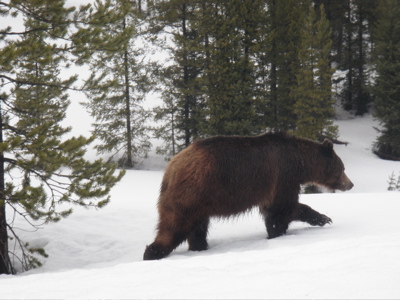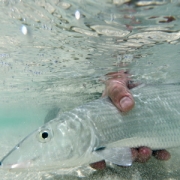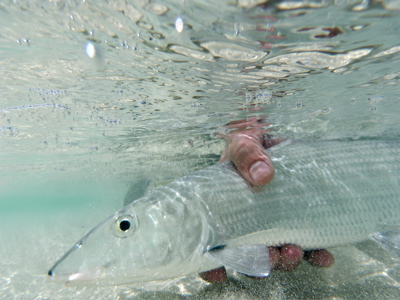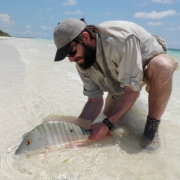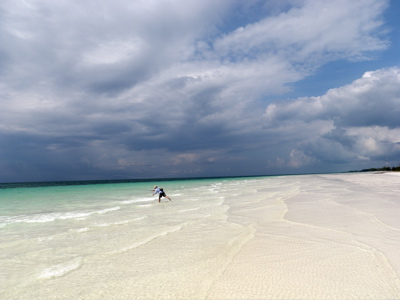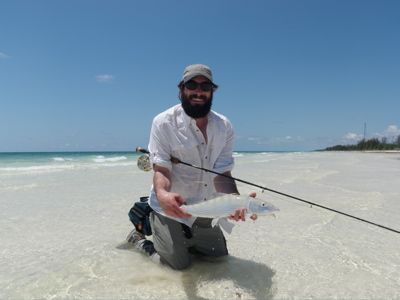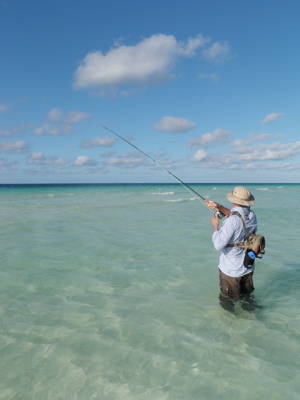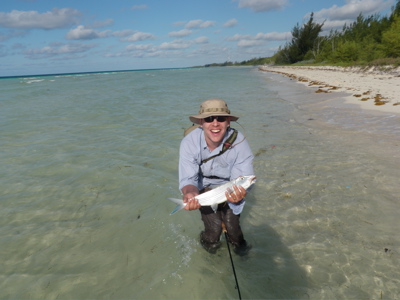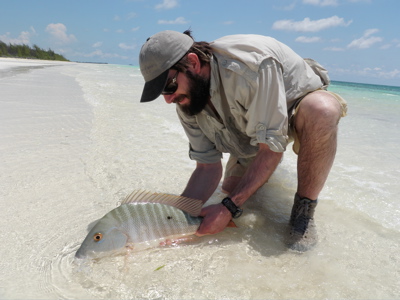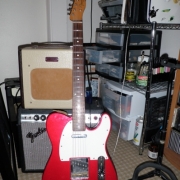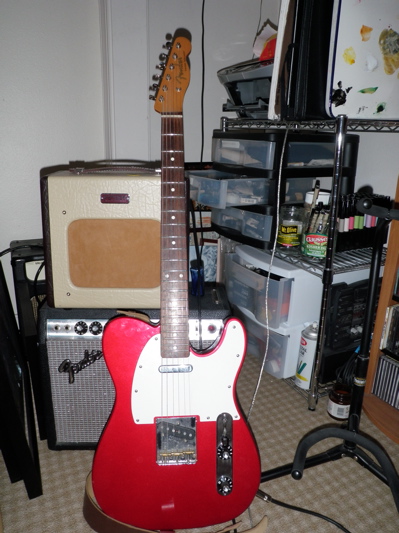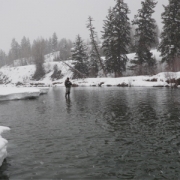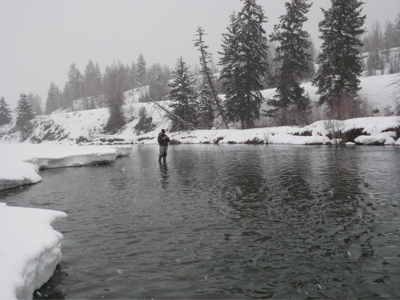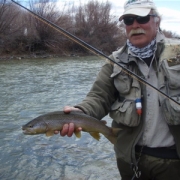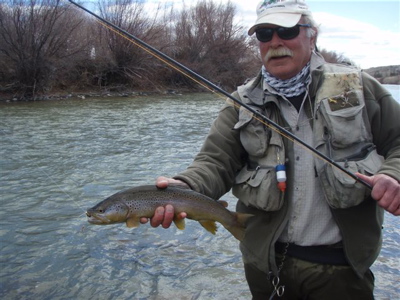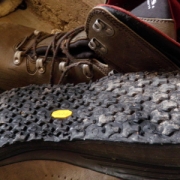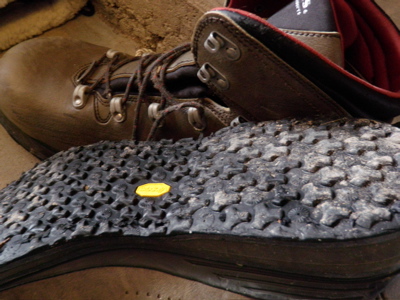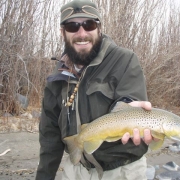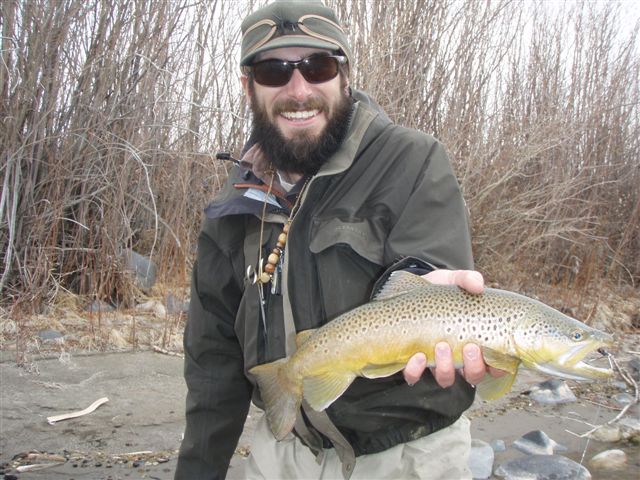Snowmelt…
Normally I am not one to participate in the yearly snowpack/
runoff speculation. I shy away from discussions, refusing to
theorize, reasoning that an act of nature that happens EVERY
year doesn’t warrant conjecture from a bearded fisherman; it’s
going to happen. Oblivious to people’s predictions and
anticipations, the snow melts, rivers rise, rivers clear and fly
fishing in Jackson Hole turns great. This year will be no
different. Let’s get on with it already though!
I’ve tried being patient and understanding, adopting a Zen-like
demeanor, “fishing will be ready when”…. you get the point.
Seriously though, there is a TON of snow in the mountains that
needs to start melting or we’re not going to be fishing until
September of 2012! I won’t bore you with all the numbers and
graphs, just know that winter (and snow) got serious around
here back in November, and hasn’t relented. In fact, just
yesterday as I sat at my fly tying desk crafting foam hoppers,
giant snowflakes choked off the sun and blanketed new grass
sprouting up in the backyard.
I’m trying to be strong here folks, but damn it I’m ready for
spring; ready to wear my flip flops, don Hawaiian shirts with
reckless abandonment and most importantly, fish! At this point
I’d simply like a decent fishing option….something that doesn’t
require pounds of split shot and a prayer. Heck, I’d gladly take
a lake (yeah, I said it), but in order to fish a lake, it has to be
free of ice, and we’re a ways off from that happening too.
Sooner or later, like every year, snow WILL melt, rivers WILL
rise and fall and fly fishing in Jackson Hole WILL return to
glory. I just hope it happens sooner rather than later because
I’ve got rods strung up in the garage and I’m growing
impatient.

